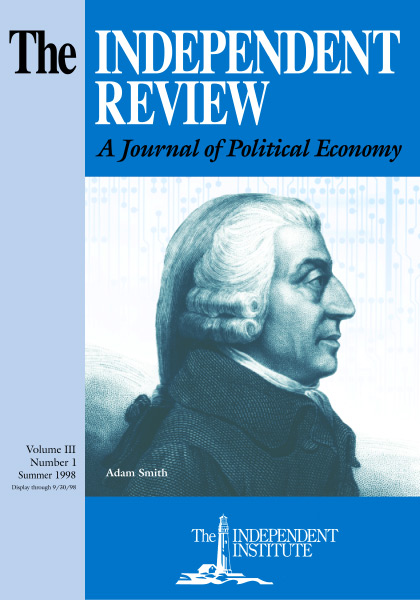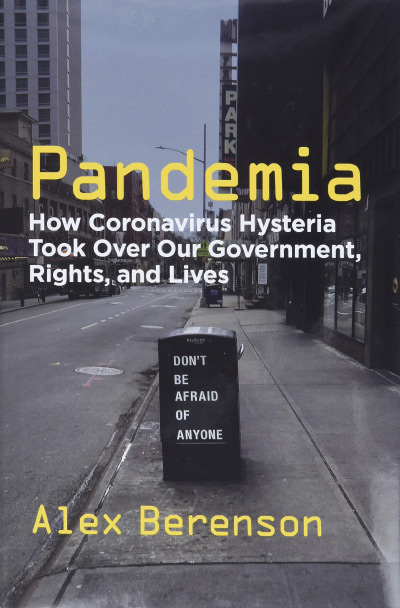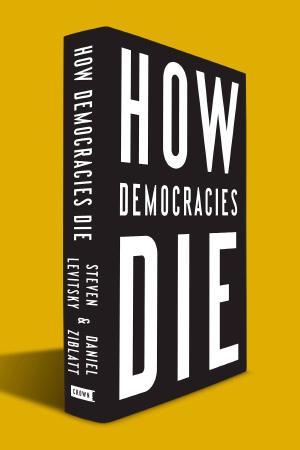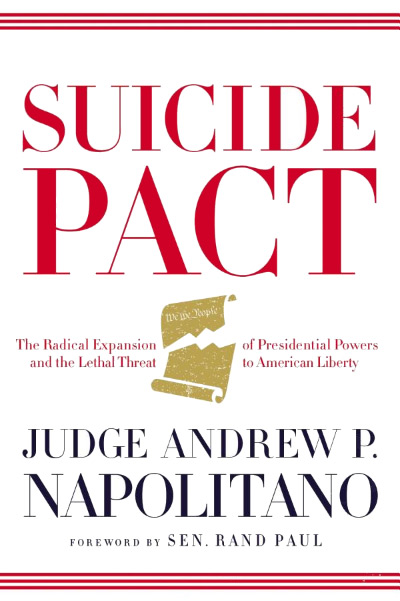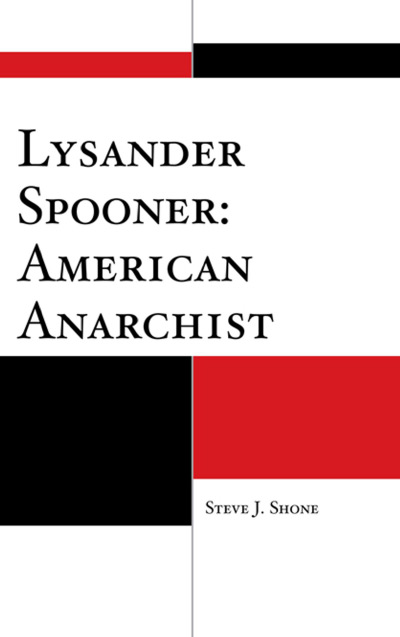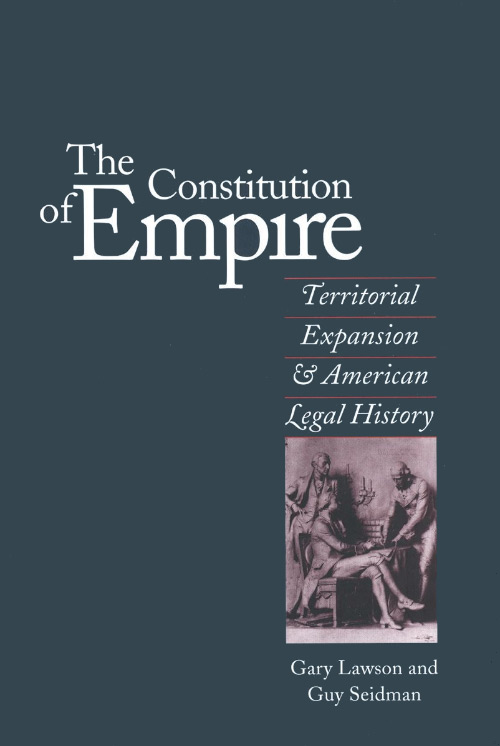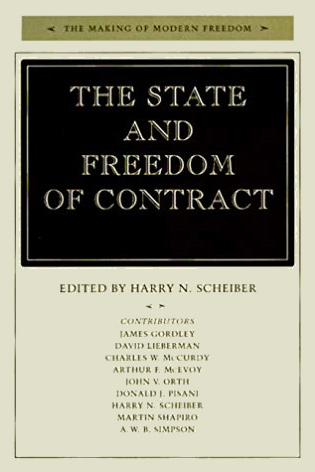Ask most people what a conspiracy theory is, and they’ll tell you it’s a theory—natch—about conspiracies. Ask Daniel Pipes, the author of Conspiracy: How the Paranoid Style Flourishes and Where It Comes From, and he’ll tell you it’s “the fear of a nonexistent conspiracy” (p. 21). Conspiracies are real, he explains; the objects of conspiracy theories aren’t. Few books that begin with so egregious an abuse of language can recover. This one certainly doesn’t.
Pipes further divides the theories into two categories, “petty” and “world.” The former have always been with us, if only because petty conspiracies have always been with us: for every Marc Antony who slew a Caesar, there must have been two dozen whom the authorities suspected of plotting to do the same. But the latter theories, Pipes claims, are a recent invention, “emerging from the distinctive history of Europe and dating back two and a half centuries, to the Enlightenment” (p. 22).
This claim is also an odd one—so strange, in fact, that Pipes later tempers it: “In its very furthest reaches, the conspiracy mentality can be traced back to the dualist religions of Iran or the mystery religions that swept the Roman Empire” (p. 53). Modern conspiracism, he continues, is rooted in the Crusades and the anti-Semitic fears they fanned. Beginning in the late eleventh century, myths of Jewish deviltry began to spread: in the medieval imagination, Jews were poisoning wells, eating Christian babies, desecrating holy objects, cheating Gentile merchants, and otherwise plotting against Christendom. An idea began to emerge, a fear that Jews planned to kill all Christians and seize power. Later, public fears began to circle around a medieval order of banker-monks, the Knights Templar, a group suppressed at the dawn of the fourteenth century. From these two sources, writes Pipes, issued “two main forms” (p. xi) of conspiracism: anti-Semitism and the fear of secret societies. With the Enlightenment, these developed into two full-fledged (and often overlapping) demon theories.
All this is true as far as it goes, but it misses two important points, seriously warping Pipes’s discussion of conspiracism in the modern age. First, it is true that anti-Semitism increased dramatically in the eleventh century and that this change was related in part to the Crusades. But it also took place against a specific political background, which the historian R. I. Moore has called “a permanent change in Western society” (The Formation of a Persecuting Society: Power and Deviance in Western Europe, 950–1250. Oxford: Blackwell, 1987, p. 5). In the eleventh and twelfth centuries, Moore writes, “persecution became habitual. That is not to say simply that individuals were subject to violence, but that deliberate and socially sanctioned violence began to be directed, through established government, judicial and social institutions, against groups of people defined by general characteristics such as race, religion or way of life; and that membership in these groups in itself came to be regarded as justifying these attacks” (p. 5). The victims would not be just Jews, but heretics, homosexuals, witches, even lepers.
The sacrificial frenzy often involved conspiracy theories. Consider the alleged leprous plot of 1321. As one monk told the tale,
In the entire kingdom of France the lepers were imprisoned and condemned by the Pope; many were sent to the stake; the survivors were confined to their dwellings. Some confessed that they had conspired to kill all the healthy Christians, noble or not noble, and to obtain power over the entire world. (Quoted in Carlo Ginzburg, Ecstasies: Deciphering the Witches’ Sabbath, trans. Raymond Rosenthal. New York: Random House, 1991, p. 33)
Later the imaginary cabal expanded, so that the lepers were allegedly in league with the Jews; yet another version dragged in a foreign power, the Muslim kingdom of Granada. In 1323, the king expelled the Jews from France.
But before the extermination and segregation, something else occurred. In late 1320 or early 1321, the consuls of Carcassonne had sent a petition to King Philip. Writes the historian Carlo Ginzburg:
To get rid of the credit monopoly exercised by the Jews for once and for all; to administer the rich revenues enjoyed by the leper asylums—these aims . . . were declared in brutal clarity in their protest to the king. . . . Behind the list of complaints sent to the King of France, we perceive the clear determination of an aggressive mercantile class, anxious to sweep away competition—that of the Jews—now deemed intolerable. (p. 37)
The consuls asked the king to segregate the lepers and expel the Jews. Over the next two years, they got their wish.
Pipes would probably regard this very analysis as conspiracism. His book has a consistent subtext suggesting that any critique of power is an allegation of conspiracy. Thus he derides the Leninist theory of imperialism, not because it fails to jibe with empirical evidence, but because it suggests that capitalists “run the foreign policies of their governments. . . . The centuries-old European drive for geographic expansion turns into a conspiracy of investors” (p. 82). At another point, he turns his fire on an analyst at the Cato Institute. Her crime? She wrote that “today’s proponents of global leadership envision a role for the United States that resembles that of a global hegemon” (p. 117). For Pipes, this mild comment constitutes a conspiracy theory!
Later, he accuses Noam Chomsky of forwarding
a conspiracy theory that blames the U.S. government for virtually every ill in the world, including environmental pollution, militarism, economic poverty, spiritual alienation, and the drug scourge. It manipulates the mainstream media (to divert the revolutionary potential of workers), sponsors academic postmodernism (to bewilder the uninitiated), and encourages professional sports (to distract attention from serious issues). (p. 160)
Anyone remotely familiar with Chomsky’s work will recognize this statement as an extreme misrepresentation, one that speaks ill of either Pipes’s honesty or his reading comprehension skills. Chomsky has never said the government “encourages” sports, to distract attention from serious issues or for any other purpose. He has argued that sports play that role in society, but that claim is far from ascribing conspiratorial intent. Similarly, he has expressly refused to invoke a conspiracy to explain the media’s behavior, instead offering what he calls an “invisible hand” theory of the press’s relationship to power. That’s a Smithian invisible hand, not the hidden hand of the Illuminati.
Pipes slanders legitimate conspiracy theories too. His critique of Gary Webb’s San Jose Mercury News series on contra involvement in drug-running is an embarrassment, amounting to a few quotes from people who say Webb was wrong. Pipes is uninterested in examining the evidence itself—or even, it seems, in reading Webb’s articles. Thus, he cites a Los Angeles Times story that states that the “crack epidemic in Los Angeles followed no blueprint or master plan,” ignoring that Webb never claimed otherwise. Reasonable questions may be raised about Webb’s allegations, most notably his assertion that the contra operation brought the first large quantities of crack to the United States. At the moment, these are open questions; they should be considered in the light of evidence, not dismissed as the ravings of a paranoiac.
Pipes’s second omission comes when he observes the sudden increase in conspiracism that arrived with the Enlightenment, noting in particular the importance of the French Revolution in this change. Men such as Augustin de Barruel and John Robison blamed Masonic societies for the revolution—arguing not, as a reasonable historian might, that they sometimes served as covers for revolutionary organizing, but that they actually plotted the damn thing, as part of a grand scheme to impose atheism and anarchy upon the world. Yet Pipes’s discussion of Freemasonry is curiously superficial.
Masonry was, on the one hand, radically egalitarian: in the secret society men could meet without regard for nation or creed. At the same time it was rigidly hierarchical, its members ranked by “degrees” and its doctrines deliberately shrouded in mystery. It was rationalist, anticlerical, a home to freethinkers and liberals. But it also spread its own mystical fog, employing occultist symbols and semireligious rituals even in those lodges that rejected the occult. In short, it was a perfect metaphor for the Enlightenment itself, a time when a commercial class simultaneously smashed open the old hierarchies and found new privileges for itself.
If anything, the metaphor seems even more apt today, when a new class of professionals and managers has taken power. Our education system, with its hierarchy of grades and “advanced degrees,” is Masonic in form; it is also the grand sorting machine by which power and status are dispersed in this society. Might the fear of secret societies have something to do with these similarities?
Answering that question means taking an anthropological approach to conspiracism, approaching it not as history but as folklore. Perhaps, just as an animist treats natural forces as conscious spirits, a conspiracy theorist treats social forces as conscious cabals. (If so, Pipes makes a similar error: when a Chomsky discusses a social force as a social force, Pipes insists he’s taking about cabals anyway.) I don’t mean to psychologize here. Obviously, someone might believe the government was involved in, say, the murder of Malcolm X because she has weighed the evidence and decided the conspiracy theory is correct. But when you consider those who think that the United Nations is building concentration camps in Indiana or that doctors are injecting black babies with the AIDS virus, well, something else may be afoot. The real loss of national sovereignty becomes a U.N. occupation; the awful conditions of the ghetto become a plot against blacks.
Even less elaborate conspiracy theories can play this social role. Pipes attacks the jury that set O. J. Simpson free, noting that the former athlete “beat his rap by convincing a jury of a conspiracy theory: that the Los Angeles police had framed him” (p. 1). But even though Simpson himself was probably guilty, police do frequently frame suspects; and few would claim that innocent black men never run into trouble with racist cops. For many American blacks, the Simpson case became more than one man’s encounter with the law. As Sam Smith wrote in “America’s Extremist Center” (Progressive Review, July 1995), it served “as the mythic translation of stories never allowed to be told. The stories that should have been on CNN but weren’t. Everything is true except the names, times and places.”
What Pipes’s two omissions have in common is that they involve power, a topic Pipes resolutely avoids. By focusing on the popular, irrational fear of Jews, he misses the extent to which that fear was manipulated by powerful men for their own gain. By discussing the anti–secret society tradition as he does, he misses why members of powerless classes would embrace it as myth. In one of the book’s few insightful passages, Pipes compares conspiracy writing to pornography:
Both are backstairs literatures that often have to be semiclandestinely distributed, then read with the shades drawn. Elders seek to protect youth from their depredations. Librarians hold their noses, then limit access to the Collection de l’Enfer or “Private Case” to those with the maturity not to be influenced by them. (p. 49)
Here’s another similarity: just as porn is the underground literature of sex, conspiracy theories are the underground literature of power—lurid, often distorted, and inevitable as long as people such as Pipes are loath to acknowledge that power even exists.
Pipes also forgets that the center has its own conspiracy theories, that ruling elites can be just as paranoid as the fringe. Notwithstanding the considerable time he spends discussing the paranoia of Hitler and Stalin, he doesn’t see it at work inside his own circle, unless you count the hip conspiracism of a JFK buff or a Pynchon fan. Professionals and symbol-manipulators are as parochial an in-group as any other; why would they be deaf to the call of the scapegoat theory? They spin fantasies of militia cabals, a vast network of terrorists building bombs in the fever swamps. In place of the religious imagery a fundamentalist Christian might import, they deploy the language of psychiatry, the secular faith of the elite.
This claim is not a minor point. When federal police confronted the Branch Davidians at Waco, the media spread stories of sexual depravity, weird rituals, and a plot against the outside world—exactly the kind of fables the medieval authorities told about Jews and heretics. The result, as before, was a pogrom.
But this event never works its way into Pipes’s account. If it did, he’d probably accuse the Davidians of paranoia. He’d be right, of course, but he’d miss the heart of the tale. Which, come to think of it, is exactly what he’s done.
| Other Independent Review articles by Jesse Walker | |
| Summer 2003 | Radio Goes to War: The Cultural Politics of Propaganda during World War II |

